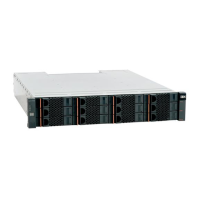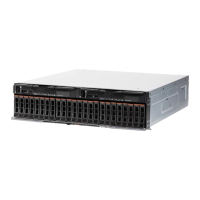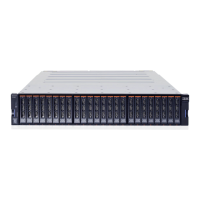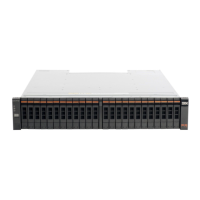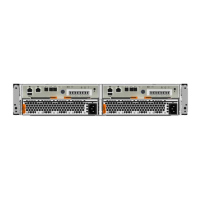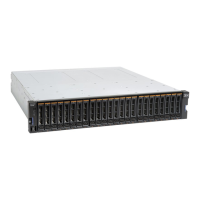448 IBM Flex System V7000 Storage Node Introduction and Implementation Guide
10.1 Volume mirroring and migration options
Volume mirroring is a function that is designed to allow a volume to remain online even when
the primary storage pool backing it becomes inaccessible. This function is designed to protect
the volume from storage infrastructure failures by providing seamless mirroring between
different storage pools.
This function is provided by a specific volume mirroring function built into the I/O stack, and
cannot be manipulated like the FlashCopy or other copy service functions. This feature does,
however, enable a migration functionality, which can be obtained by adding and then deleting
a volume copy or splitting the mirrored copy from its source. Volume mirroring does not make
use of or control external back-end storage mirror or replication functions as they are
independent of IBM Flex System V7000 Storage Node.
You can also use the migrate to function to move data between Storage Pools or to migrate
from an image mode to managed volume and vice versa.
10.2 Tunable timeout
Generally, with this feature, the host I/O completes when both copies of the volume mirror are
written. This feature has a tunable latency tolerance. It is designed to provide an option to
give preference to losing the redundancy between the two copies. This tunable timeout has
two value settings to choose from, either
latency or redundancy.
The
latency tuning option is the default and prioritizes host I/O latency. It is set by running the
command chvdisk -mirrowritepriority latency. This setting produces a preference to
host I/O over availability.
However, you might need to give preference to
redundancy when availability is more
important than I/O response time. To accomplish this task, run the command chvdisk
-mirrowritepriority redundancy.
Regardless of which option you choose, volume mirroring can provide extra protection for
your environment and ease of management for moving data around to better serve your
needs.
10.3 Usage of mirroring for migration
With regard to using mirroring for migration, there are several use cases that can exist:
Creating two volume copies using Volume Mirror then Split into New Volume: This option
is one of the most common uses of this function. It allows you to use the RAID 1
functionality to create two copies of data that initially have a set relationship (one primary
and one secondary) but then break the relationship (both primary and no relationship) and
make them independent copies of data.
Creating two volume copies using Volume Mirror then deleting the copy you do not need:
You can use this methodology to migrate data between Storage Pools.
Creating two volume copies using Volume Mirror to migrate from a Thin Provisioned
Volume to a non Thin Provisioned Volume or vice versa.
Creating two volume copies using Volume Mirror to migrate from a Compressed Volume to
a non Compressed Volume or vice versa.
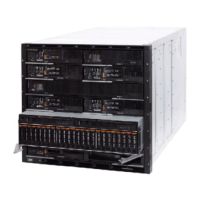
